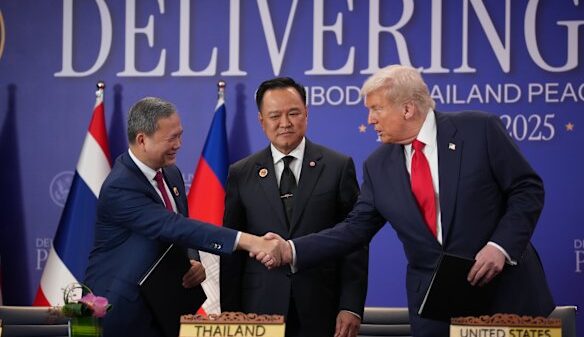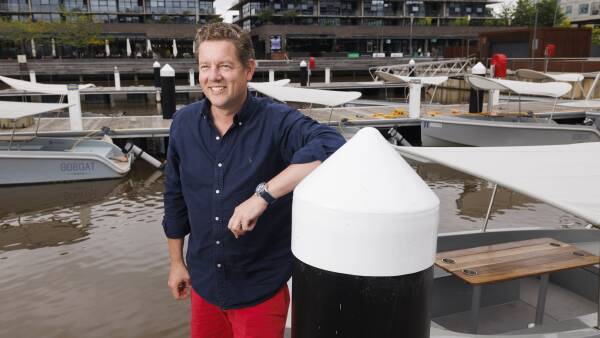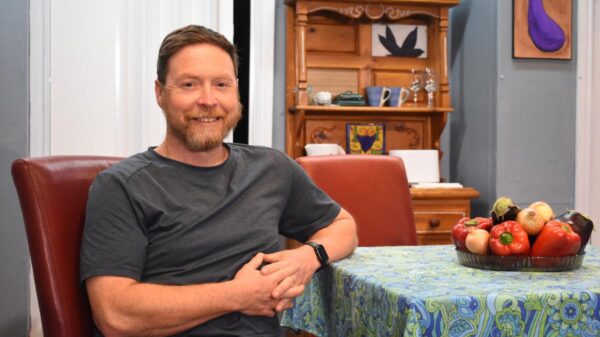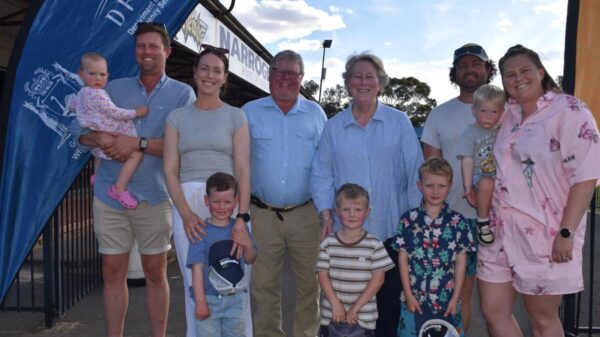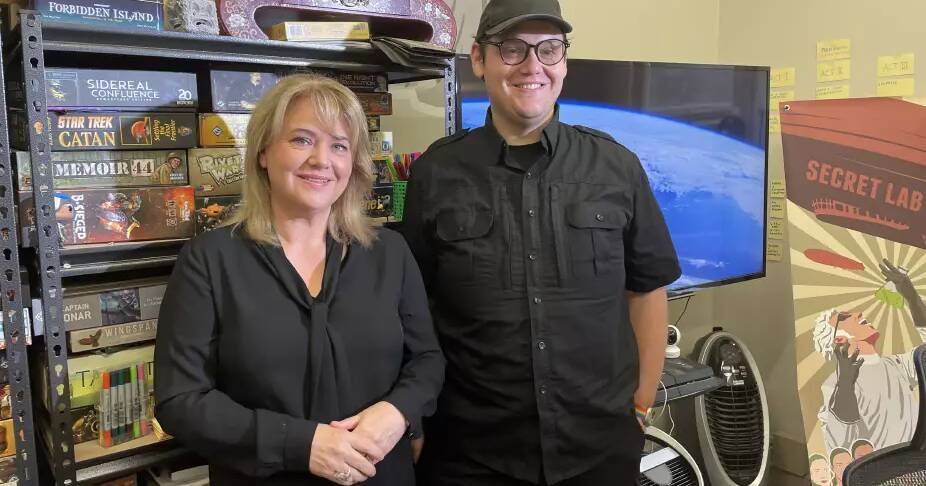Tasmania is positioning itself to capitalize on the growing global games industry, which has significant economic potential without requiring local talent to leave the state. According to Paris Buttfield-Addison, president of Tas Game Makers Inc, the gaming sector is the largest entertainment industry worldwide, driven by its financial success. He emphasized that with the right support, Tasmania could harness this potential to create high-value jobs locally.
Madeleine Ogilvie, Tasmania’s Minister for Arts and Science, echoed this sentiment, stating that game development represents a serious business opportunity the government is eager to support. “Making digital games engages all forms of media, such as animation, sound, music, and cinematography,” she noted. The state government has announced that the next Level Up Tasmania Video Game Showcase will take place from April 17 to 19, 2026, aiming to connect gamers and developers.
A report by Creative Australia highlights the immense scope of the gaming industry, revealing that over 3.4 billion people play digital games globally across mobile, PC, and consoles. In Australia, 82 percent of the population engages in gaming, with women comprising 51 percent of gamers. The average Australian gamer is a 35-year-old woman, according to the Interactive Games & Entertainment Association’s (IGEA) 2024 financial year snapshot.
Several Australian-developed games have achieved both critical and commercial success, such as Untitled Goose Game, Fruit Ninja, Cult of the Lamb, Hollow Knight, and Unpacking. Notably, Cult of the Lamb generated US$90 million since its 2022 release, with development costs of approximately $500,000. The IGEA reported that Australian game development studios earned $339.1 million in income during 2024. Despite this success, only two percent of studios are based in Tasmania, and merely one percent of full-time employees reside in the state.
Buttfield-Addison pointed out that game development is a “sticky” industry, meaning that high-wage, sustainable jobs tend to remain in the region if established there. “Studios founded in Tasmania by Tasmanians are far more likely to stay, then the IP (intellectual property) stays,” he explained. This retention could generate long-term revenue for the Tasmanian economy. Currently, many local workers must leave the state to find employment with established studios elsewhere.
The IGEA identified three primary challenges facing the games industry: securing international publisher deals, local publishing agreements, and attracting early-stage development funding. Buttfield-Addison noted that ongoing support is crucial for the industry to thrive in Tasmania. The current alignment of both the arts and technology portfolios under Minister Ogilvie is a promising development, given that game development intersects both fields.
He cited the example of New Zealand’s Centre of Digital Excellence, which is substantially funded by the government and provides mentorship along with various levels of funding based on the game’s development cycle. “They’ve repeatedly invested tens of millions of dollars every year, directly creating 21 new studios in a city comparable to many in Tasmania,” he said.
While developers express a desire to remain in Tasmania, the limited number of studios and job opportunities often forces them to choose between pursuing their passion and staying in the state. A spokesperson for State Growth confirmed that two Tasmanian studios, Giant Margarita and Webbysoft, have received $66,000 in funding for their projects. Additionally, the state government has facilitated travel support for industry professionals to attend conferences and development events through Screen Tasmania.
“Facilitating travel opportunities to industry events and hosting Level Up Tasmania is part of a strategy to connect those starting out with industry experts,” the spokesperson added. As Tasmania seeks to enhance its presence in the games industry, the combination of government support, local talent, and international connections could unlock the region’s potential in this dynamic sector.









